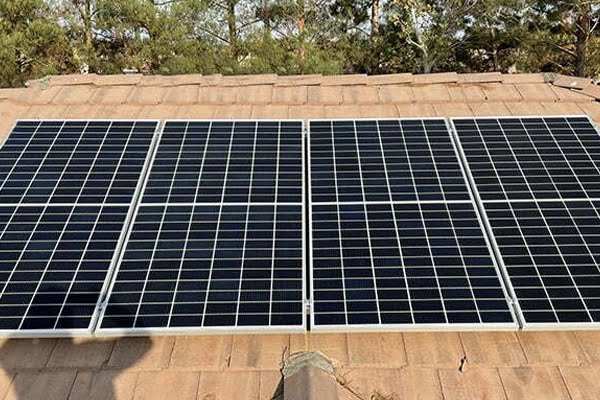Getting to Know Net Energy Metering
LADWP Net Energy Metering will help homeowners better understand how to save more on the electric bill. Within the last 10 years, solar has shifted how people think about energy and the environment. Today, with its rapid growth, solar is the #1 renewable energy resource in America and is now more affordable and ever before. According to SEIA/GTM research, the average price for a system has dropped 53% since 2010. With government and local incentives, it’s the perfect formula for homeowners with high electric bills to capitalize and invest toward their house and the state’s carbon footprint. In 2014, solar has reduced 20 million metric tons of harmful CO2 emissions which is why it’s leading the path to a cleaner environment with less pollution.
What makes solar such a popular decision for homeowners is the return of investment they will gain from it. After all, home ownership is an investment to itself and adding solar can only add more value. Over 80% of homes that switched to solar have their investment returned in 7 years from the date of installation. So how can solar energy make a difference for you and your family? This question is determined by the lifestyle you have and how electricity is consumed in your house. Once a home switches to solar, it has potential to send energy back to LADWP. This is called Net Energy Metering (NEM).
NEM is a billing arrangement between you and LADWP that allows them to credit your account (in kW/h) for energy that your solar system is producing in excess of the electricity you need to use in your home. For example, on a sunny afternoon the solar system will generate power in kilowatts per hour (kW/h). If electricity is not being used in the house then the home’s meter will feed the energy produced by the solar system to LADWP’s grid crediting your account for every watt. Come evening when the family is home, heating and/or ac is active, television is on, the energy that was fed to the grid during the afternoon is returned back to the home as a credit. This how so many homeowners that install a solar system have been receiving close to a $0 electric bill.
How a home consumes their electricity will determine how much of a credit they will receive. Some households with solar have learned to leverage the NEM system by better managing their electricity usage to build a “bank” of energy credits which in return brings more savings to their utility expenses. Some households on the other hand aren’t concerned about being conservative but rather liberal with their electric usage and only want solar to add to their excessive electric consumption. They need the additional solar energy to handle the large amount of kW/h used in the home so they can keep their bill low by not exceeding the 1st or 2nd tier. Ultimately, a solar home with Net Energy Metering is a smart investment. It will substantially reduce electrics costs while improving the environment paving the way towards a sustainable future for the community and family.





